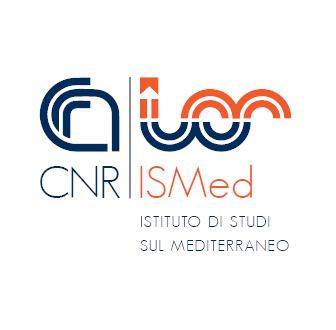From the Mediterranean to the oceans
Manager: Patrizia Spinato
Keywords: literature, Mediterranean, Atlantic, Iberian studies
Abstract
The project named “From the Mediterranean to the oceans” was born in 2000 as a seal of the scientific activities carried out jointly between the National Research Council and the University of Milan, which welcomed the Center for the Study of the Literatures and Cultures of Emerging Areas in 1992 (CSAE), founded by Giuseppe Bellini, former President of 08 Committee of the CNR and Full Professor of Spanish American Languages and Literatures at the same university. According to its inspiring principles, the group was formed in the Iberian and Ibero-American literary field but promotes interdisciplinary research, which over the years has progressively opened up to collaborations that intend to define the multiple aspects of the Mediterranean cultural context with its Atlantic projections.
The European world, which was confronted with the New one and which provided its first perception and arrangement, acquired a profoundly composite physiognomy through the works and relationships of those who, starting from 1492, had the fortune of critically dealing with different lands, societies, cultures. Genoese, Venetian, Portuguese, Castilian, Aragonese people took part in the conquest of the Americas, from the discovery to the integration into a new society. Of this multifaceted world, generated by the human contributions from both shores of the Mare Nostrum, colonial America represented the extreme overseas projection and an apex moment of those instances of cultural syncretism that constitute the model of the Iberian expansion on a Mediterranean and global level. On a basis of mutual exchange and enrichment, offered by frontier figures, there are countless examples of scholars, writers, chroniclers, diplomats, travellers, migrants, religious people who, between the Mediterranean and the Atlantic, have sustained an exemplary cultural osmosis. The study of Mediterranean and Atlantic literatures, especially of the Iberophone area, from the Middle Ages to the present day, underlines the dense network of relationships that underlies areas that are very distant geographically, but closely linked from a cultural perspective.
Goals
The Project includes not only a strictly scientific part, which involves researchers from the CNR, universities and Italian and foreign research groups; it has promoted an intense editorial activity over the years; it enhances the importance of dissemination, especially through the new tools that technology offers nowadays. The need to communicate and develop agile and cost-effective containers led the group to create an electronic bulletin that gave visibility at a national and international level to the congress, editorial and research activities of the Iberian unit of Milan. Exploiting the potential of incipient electronic communication, in 2000 Giuseppe Bellini, Clara Camplani and Patrizia Spinato inaugurated a newsletter which, over the years, has acquired a regular, bimonthly frequency, an ISSN and a mailing list of over two thousand addresses. As an information tool for the society of Italian and foreign Hispanists and Hispano-Americanists, it is divided into different sections ranging from the internal activities of the Milan research center to external initiatives, from book reviews to an in-depth column entitled La Pagina.
The choice to include in the project the dissemination of the activities of the Milanese group, which in the long term has opened up to broader disciplinary areas, arises from the request of our national and international networks to be informed about the industriousness and liveliness of the research group and at the same time, to give visibility to each member of the headquarters in relation to their scientific interests, experiences and initiatives. As a matter of fact, the very soul of the project is to give voice to the human sciences in general, but also to a part of the applied sciences which find there their space and an attentive audience. Since 2009, the graphic design of the Newsletter has evolved thanks to the skills of Emilia del Giudice, who started the blog of the same name in 2014, to broaden the readership. Currently its distribution also takes place through the YouTube, Facebook e Instagram channels, edited by Martina Mattiazzi.
Last update
24 July 2024, 10:58

 CNR – ISMed
CNR – ISMed